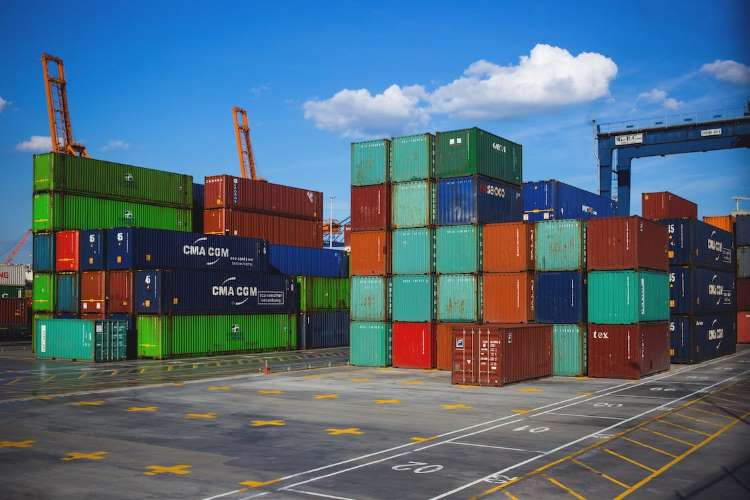
The Regional Comprehensive Economic Partnership represents a significant shift in the global trade paradigm. As the world’s largest free trade agreement, it encompasses an alliance between the 10 nations of the Association of Southeast Asian Nations (ASEAN) and five of their FTA partners – China, Japan, South Korea, Australia, and New Zealand. This bloc commands a formidable presence, accounting for nearly a third of the world’s population and 30% of the global GDP. The recent inclusion of the Philippines in RCEP marks a pivotal moment, signaling the pact’s full implementation among all its members.
India’s decision to stay out of RCEP in 2019 was based on several considerations, primarily the protection of its domestic industries and services. However, this decision comes with its own set of challenges, especially as neighboring countries like Bangladesh and Sri Lanka are considering membership in the trading bloc.
READ I Govt must extend the FAME II scheme lifeline to accelerate EV adoption
Why India cannot ignore RCEP
The case of Bangladesh is particularly noteworthy. As India’s seventh-largest export market, Bangladesh has been a key trading partner. However, its increasing inclination towards joining RCEP has raised alarms in New Delhi. The concern here is twofold: India fears losing its significant trade surplus with Bangladesh, and it is also worried about the growing influence of China in the region, given that China is Bangladesh’s largest import partner. Furthermore, as Bangladesh moves towards diversifying its trade relations ahead of losing the least developed country concessions under the South Asia Free Trade Agreement (SAFTA), India’s trade advantages might diminish.
India’s domestic trade situation demands attention alongside concerns about RCEP. Improving logistics, streamlining infrastructure, and simplifying the business environment are crucial for domestic industries to thrive in a competitive global market. Building on existing strengths in sectors like IT, pharmaceuticals, and renewable energy can create new trade opportunities through targeted policy efforts. Upskilling and reskilling the workforce will be essential to ensure India leverages the full potential of future trade agreements, be it within RCEP or beyond. Embracing domestic reform and nurturing indigenous strengths will lay a strong foundation for India’s success in the evolving trade landscape.
Similarly, Sri Lanka’s move to join RCEP has implications for India. President Ranil Wickremesinghe’s engagement with Beijing and his country’s orientation towards the China-led Belt and Road Initiative (BRI) could further align Sri Lanka’s trade policies away from India. This development is not just a trade concern for India but also a strategic one, given the historical and geopolitical ties between the two countries.
RCEP’s global influence is undeniable. It is not just the largest trade pact but also a key driver of economic growth. By 2030, RCEP is expected to significantly enlarge the global economy, adding an estimated $209 billion annually to world incomes and $500 billion to world trade, according to the Brookings Institution. The pact is a testament to the growing economic integration in the region, offering member states not just wider market access but also a favorable investment climate. This integration could lead to a shift in trade dynamics, potentially reducing trade with non-member markets like the EU and the US and reinforcing the Asia-Pacific region’s central role in global trade.
India’s strategic response
In the face of these regional changes, India needs a multifaceted strategy. Firstly, it is imperative for India to conduct a thorough assessment of how Bangladesh’s potential accession to RCEP might impact its market share. This analysis should extend to other RCEP countries to understand where India might face increased competition.
Negotiating bilateral trade agreements is another critical aspect. Strengthening ties through agreements like the proposed comprehensive economic partnership agreement (CEPA) with Bangladesh is crucial for mitigating potential trade disadvantages. These agreements can help maintain trade flows and economic relations, even as the regional trade environment evolves.
Regional diplomacy is also a key area for India. Engaging actively in regional forums and alliances can help India maintain its strategic and economic interests. Participating in alternative regional groupings, such as the Indo-Pacific Economic Framework (IPEF) led by the US, can provide India with a platform to balance the influence of RCEP. This involvement is crucial for India to assert its role in regional affairs and safeguard its interests against the backdrop of an expanding RCEP.
Lastly, diversifying trade partnerships beyond the immediate neighborhood is essential for India. Exploring new trade alliances and strengthening existing ones, particularly in regions not covered by RCEP, can help India expand its economic footprint and reduce over-dependence on any single region or bloc.
While safeguarding interests is crucial, it is important to acknowledge the potential benefits RCEP might hold for India. Even without direct membership, strategic partnerships, or future negotiations with RCEP members could unlock access to their vast markets. India’s burgeoning consumer base, growing middle class, and strategic location within Asia can attract investments and collaborations with RCEP countries.
Furthermore, the broader context of Asian regional cooperation presents exciting possibilities. Collaborating on infrastructure projects, knowledge sharing in technology development, and joint ventures in diverse sectors can benefit all participants, including India. By exploring both internal reforms and strategic engagement, India can not only mitigate potential challenges but also seize the opportunities presented by RCEP’s rise.
As RCEP continues to reshape the regional and global trade landscapes, India faces the challenge of navigating these changes while preserving its strategic autonomy and economic interests. By adopting a nuanced and proactive approach that combines diplomatic engagement, strategic alliances, and diversified trade policies, India can effectively respond to the burgeoning influence of RCEP and maintain its regional and global stature in an increasingly interconnected world.
